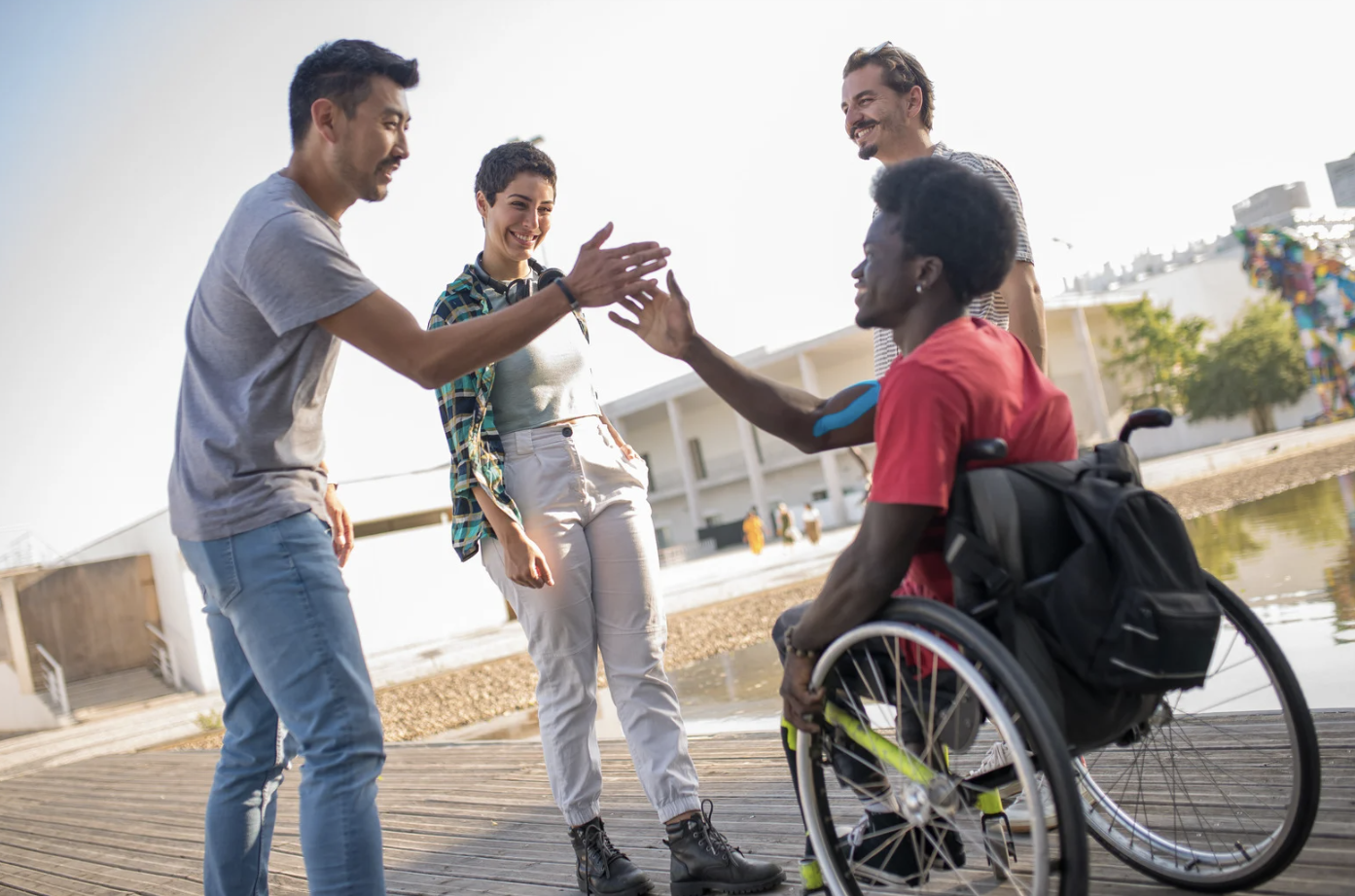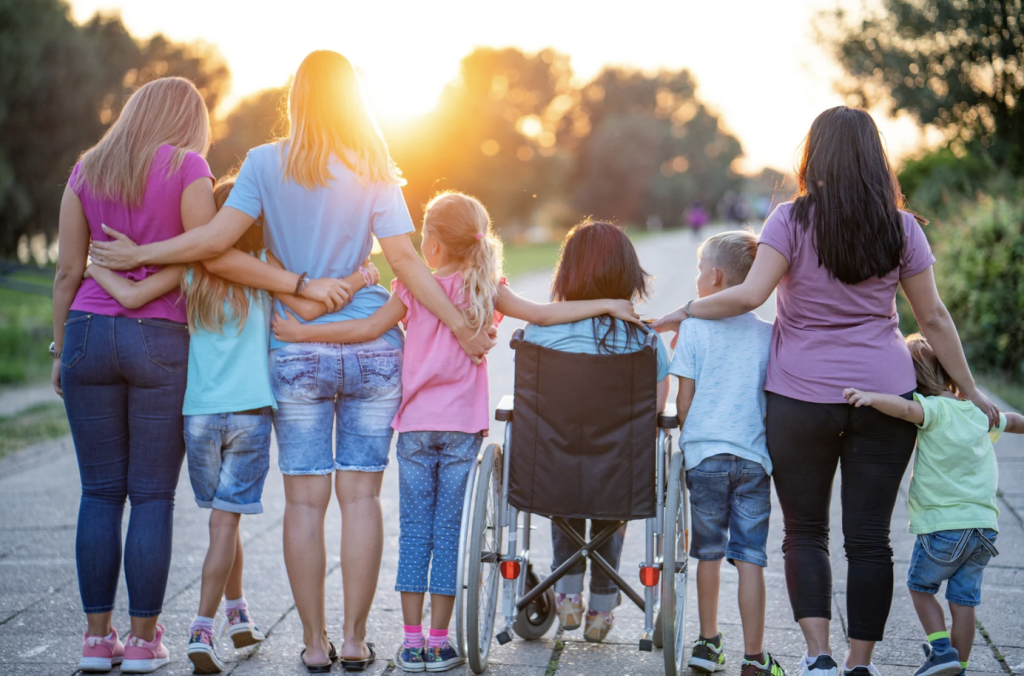When Fitness Isn’t Accessible: The Cost of Living with a Disability in a Wellness-Centered World

In recent years, there has been an increasing focus on health, wellness, and self-optimization. From boutique fitness studios to digital workout platforms, society has adopted a lifestyle where wellness is viewed as a cornerstone of success. But beneath the surface of this glossy movement lies a harsh truth: for many people living with disabilities, these wellness opportunities are simply out of reach.
The rising cost of living, paired with systemic inaccessibility, makes participation in the wellness economy nearly impossible for those who rely on fixed benefits like long term disability COLA to survive.
The Price Tag on Wellness
The wellness industry is booming, but it’s also notoriously expensive. Gym memberships, adaptive fitness equipment, personal trainers, and even physical therapy sessions all come at a cost.
While these expenses may be manageable for some, for individuals with disabilities, they often compete directly with essential living expenses such as rent, transportation, medical care, and food. What might be a “self-care splurge” for an able-bodied person is often an unaffordable luxury for someone managing a disability on a tight income.
This financial strain is further compounded by the reality that many disabled individuals already face higher living expenses. From home modifications to specialized diets and frequent medical appointments, the cost of maintaining a baseline level of independence is substantial. When necessities consume most of one’s income, the idea of paying for a bungee fitness class, yoga therapy, or even a regular swimming session feels unattainable.
Barriers Beyond the Price
It’s not just about the money—accessibility in the fitness world still lags far behind. Many fitness studios and wellness spaces are not designed with individuals with disabilities in mind. Buildings may lack elevators or ramps, staff might be untrained in adaptive needs, and classes are rarely tailored to include a range of abilities. For people with limited mobility, chronic pain, or invisible conditions, showing up to a workout class often feels isolating or physically impossible.
Digital fitness platforms have widened access for some, but even here, the content isn’t always inclusive. Workouts typically assume a certain level of baseline physical capability, and few provide guidance for modifications or offer instruction that considers factors such as fatigue, coordination issues, or limited strength. For disabled users, this exclusion reinforces the sense that wellness is something meant for others.
Wellness as a Right, Not a Luxury
The truth is, access to fitness and wellbeing practices should not be a luxury, especially for individuals who stand to benefit most from physical movement and mental health support.
Adaptive fitness isn’t just about exercise; it can help manage chronic conditions, reduce pain, improve mobility, and elevate mental well-being. Yet, without policies in place to support access—financially and otherwise—disabled individuals are left to navigate a wellness culture that doesn’t include them.
This is where legal advocacy and awareness become essential. Programs that support individuals on disability benefits must be updated to reflect the modern cost of living.
Adjustments like a Cost of Living Allowance (COLA) for long-term disability payments are designed to keep up with inflation, but too often they fall short of what’s needed for real-world expenses. Advocacy groups and legal firms are working to close this gap and ensure disabled individuals can claim what they’re rightfully owed.
For example, The Maddox Firm offers insights into how benefit holders can protect their rights and seek adjustments based on the rising cost of living. By understanding how long-term disability COLA works and when it should be applied, individuals can take steps toward achieving financial stability—and ideally, greater access to wellness.

The Emotional Cost of Being Left Out
Beyond the physical and financial burdens lies a more invisible cost: the emotional toll of exclusion. When fitness is framed as the ultimate path to empowerment, but entire groups are excluded from that conversation, it sends a damaging message.
Disabled individuals may internalize the idea that wellness isn’t for them, or worse, that their health struggles are the result of not “trying hard enough.”
This sense of disconnection contributes to rising mental health challenges in the disabled community, many of whom already face isolation and limited resources. If society continues to celebrate wellness without making space for all bodies, the gap between those who can access it and those who can’t will only grow wider.
A Path Toward Inclusive Wellness
Creating a truly inclusive fitness culture means shifting both our mindset and our infrastructure. Studios must be trained and equipped to serve people with diverse abilities.
Online platforms should design workouts that come with inclusive modifications. And perhaps most importantly, disability benefits need to be recalibrated to reflect the realities of a wellness-centered economy.
Health and fitness should be accessible to everyone, not just those with privilege, wealth, or a particular body type. Whether it’s through adaptive fitness grants, insurance policy reforms, or the expansion of disability COLA, the systems around us must evolve to support equitable access. Until then, the promise of wellness will remain hollow for too many.
Conclusion
As we celebrate wellness trends and new forms of movement, such as bungee fitness, it’s critical to acknowledge who’s being left behind. The cost of living with a disability stretches far beyond medical bills—it impacts one’s ability to participate in society’s growing emphasis on health and vitality.
By increasing awareness, pushing for policy change, and prioritizing inclusion, we can begin to close this gap and create a world where wellness is not just a trend, but a right for all.
